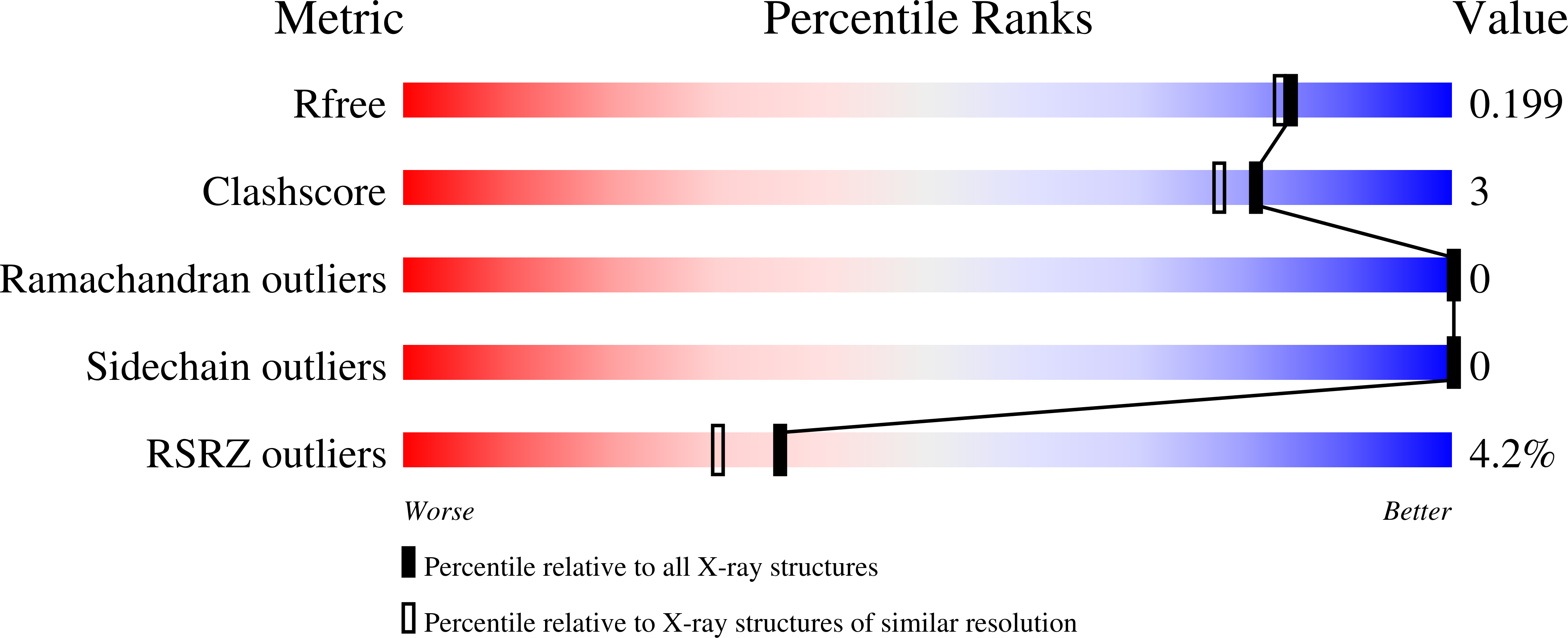
Deposition Date
2023-11-28
Release Date
2024-07-17
Last Version Date
2024-08-07
Method Details:
Experimental Method:
Resolution:
1.80 Å
R-Value Free:
0.20
R-Value Work:
0.18
R-Value Observed:
0.18
Space Group:
P 2 21 21


